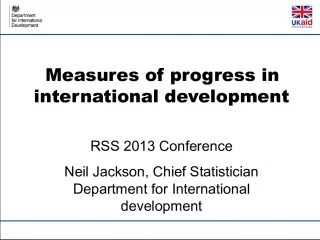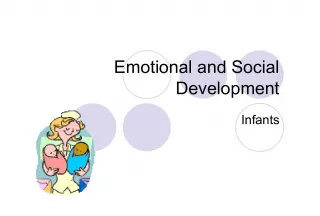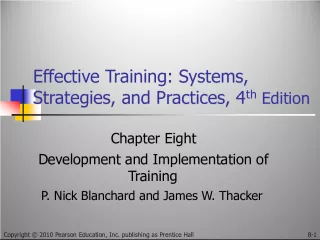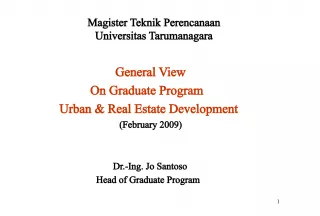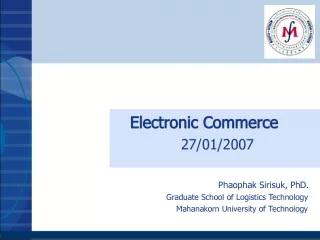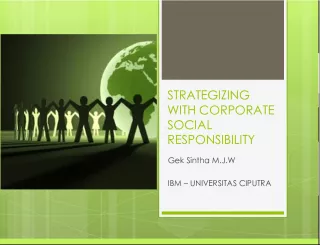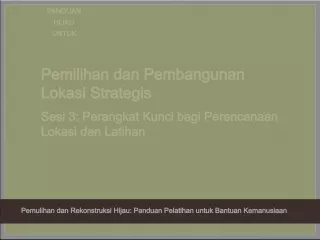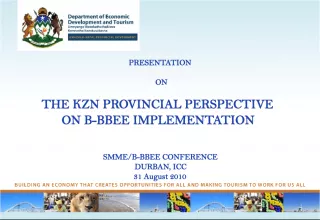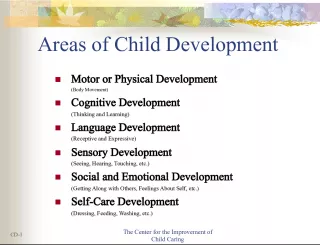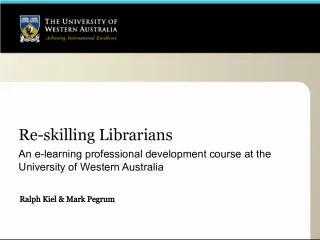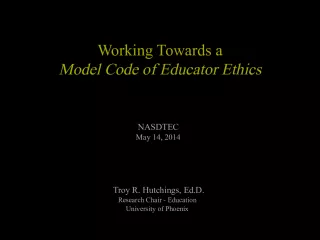TVET Development in Sri Lanka


In this article, T.A. Piyasiri, the Vice Chancellor of University of Vocational Technology in Sri Lanka, discusses the state of Technical and Vocational Education and Training (TVET
- Uploaded on | 1 Views
-
 averybrewer
averybrewer
About TVET Development in Sri Lanka
PowerPoint presentation about 'TVET Development in Sri Lanka'. This presentation describes the topic on In this article, T.A. Piyasiri, the Vice Chancellor of University of Vocational Technology in Sri Lanka, discusses the state of Technical and Vocational Education and Training (TVET. The key topics included in this slideshow are . Download this presentation absolutely free.
Presentation Transcript
Slide1TVET Development in Sri LankaT.A.Piyasiri Vice Chancellor University of Vocational Technology www.univotec.ac.lk 1 UNESCO – UNEVOC Seminar, Sydney 2014
Slide2Key indicators of Sri Lanka• 2013 Mid year Population 20,483 million • Population growth rate 0.8 % • Labour force 8.802 million • Unemployment rate 4.4 % • GDP (2013) 7.3 (Agriculture 4.7 Industry 9.9 Service 6.4 ) • 2013 new school admissions 342,000 • TVET Enrolments Public 116,000 Private 56,000 Source: Central Bank Annual Report 2013 2
Slide3Sri Lanka’s development Policy FrameworkSri Lanka to become hub in Asia in Five strategic spheres • Naval • Aviation • Commerce • Energy • Knowledge Government gives the highest priority for development of its human resources. 3
Slide4Government Mission for SkillsDevelopment • Create a society where there is no person without employable skills by 2020 • Bring down the rate of unemployment from 4% to 2.5% by 2016 • Meet the full requirement of skills for domestic industries, particularly; Construction – Tourism – ICT – Light Engineering 4
Slide5Objectives of Skills Development Plan• Improve supportive policies, systems and structures of TVET • Improve quality of skills development programmes • Improve the relevance of skills development training system • Increase the participation rate in TVET by expanding access • Improve recognition of vocational education and training. 5
Slide6Enablers to investment in TVET• Commitment of the government and medium term investment plan – US $ 1 billion 2014-20 • Sustainable economic growth in the post-conflict period – Increased opportunities in foreign employment • Availability of systems and structures – NVQ Framework • Commencement of Technology Stream at Secondary Education • Flexibility for private investment 6
Slide7Barriers to investment in TVET• Lack of demand side labour market analysis and information • Lack of awareness amongst the population about career opportunities within established and emerging sectors • Lack of adequate number of TVET teachers • Limited government support for private training providers 7
Slide8Evidence-based ResearchIn the recent years, the World Bank conducted several research on TVET • Skills demand in Sri Lanka • Cost of Financing of TVET • Private provision of TVET • Assessment of Work Force Development - SABER Analysis Tertiary and Vocational Education Commission has the TVET Research Cell that coordinates and promotes research for quality and efficiency improvement. Currently a major research on Labour Market Demand is undertaken. 8
Slide9SABER – WfD Benchmarking Results9 1 – Latent 2 – Emerging 3 – Established 4 - Advanced
Slide1010
Slide11Thank you11
